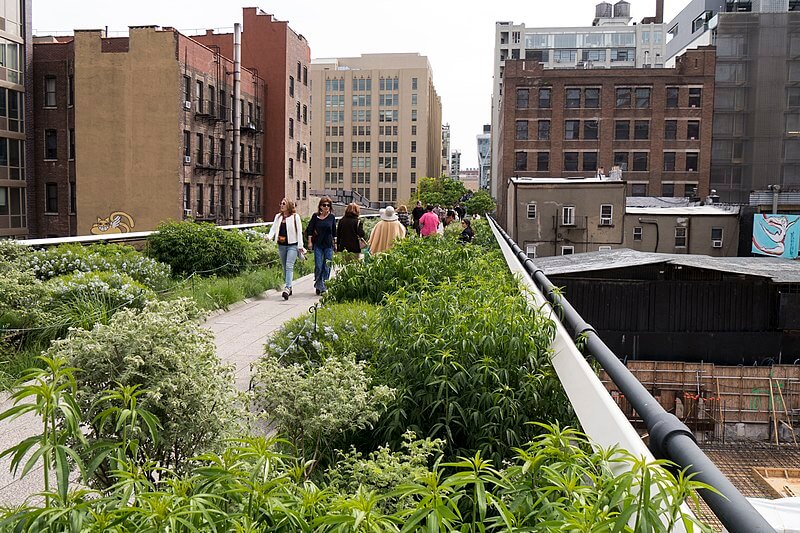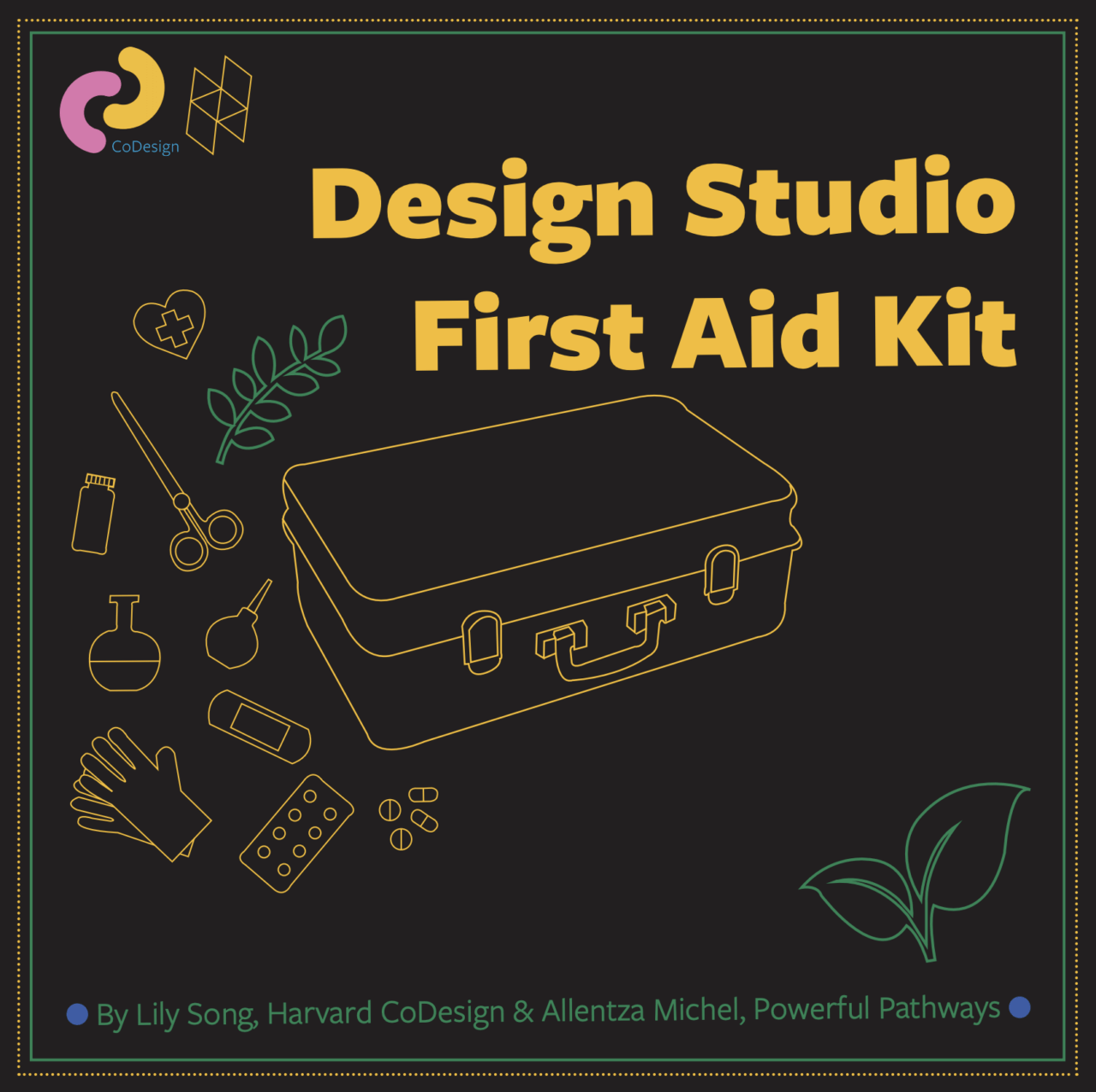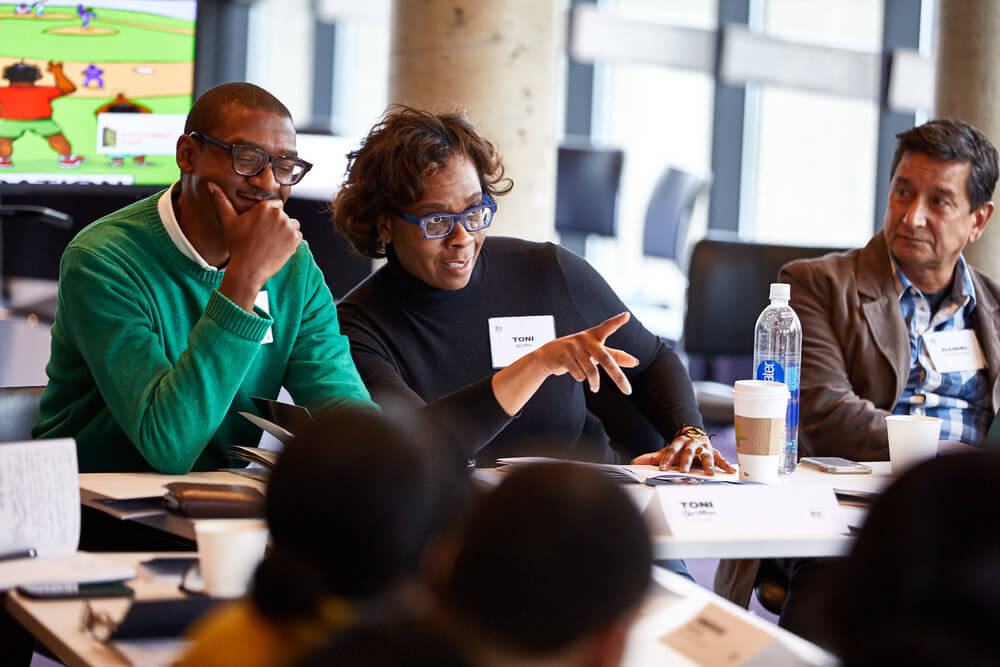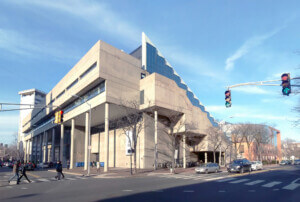The current global health emergency and the ongoing uprising against police violence in the United States have once again laid bare the nation’s enduring crisis of white supremacy. In the design and planning professions, many scholars, practitioners, and organizers have pointed out that these challenges are not new, but foundational—whiteness and anti-Black racism have long defined the ways in which design is framed, taught, and practiced. As design schools across the country begin to respond to longstanding criticism over their wholesale embrace of whiteness in pedagogy, it is useful to examine the work that some educators and researchers are doing to analyze and challenge systems of oppression, both within the disciplines and more generally in U.S. cities. The Architect’s Newspaper talked to several practitioners at the department of urban planning and design at Harvard’s Graduate School of Design (GSD) about the work they’ve been doing in this area.

Urban Design and the Color Line
Taught by Stephen Gray, associate professor of urban design, Urban Design and the Color Line is a seminar workshop that developed out of a series of research projects at the GSD. Having advised student researchers on mapping strategies for the exhibition Bang! Bang! Bang! Housing Policy and the Geography of Fatal Police Encounters and the atlas project Map the Gap: Visualizing Sociospatial Inequity in the U.S., Gray went on to conduct extensive research on racial inequities in the Boston area for Urban Intermedia: City, Archive, Narrative, an exhibition curated by professors Eve Blau and Robert Pietrusko.
In the portion of the exhibit that focused on Boston, Gray and Alex Krieger, research professor in practice of urban design, examined neighborhoods in the city’s South Bay area, where redlining, urban renewal, and infrastructure projects have long determined which communities have access to resources. As Gray told AN in a recent conversation, outwardly beneficial linear park projects like Southwest Corridor Park—first developed on Boston’s South End in the 1970s and ’80s—raised particularly compelling questions about race, urban design, and infrastructure. “If people aren’t meaningfully involved in the imagination and making of a space, does that space actually have any benefit to them in the long run?” Gray asked.
Following his work on Urban Intermedia, Gray developed the curriculum for Urban Design and the Color Line, a course that centers on infrastructural reuse projects in the United Sates—namely, New York’s High Line and its progeny. Gray and his students have partnered with the Urban Institute, GSD CoDesign, Friends of the High Line cofounder Robert Hammond, and the High Line Network (HLN), a group of leaders of industrial reuse projects around the world that aims to learn from the social and economic challenges faced by the High Line, to help develop an equitable impacts framework pilot for 19 HLN member projects. Pairs of students in the course focused on two infrastructure projects each during the semester. After analyzing the histories and geographies of racial inequity in the cities where the projects are located, the students proposed equity agendas for their assigned HLN projects—recommendations that were handed off to the partner organizations for possible implementation.
According to Gray, the class and its research constitute a sort of informed speculation: “We’re using student research to inform curriculum, which is now informing practice.” The ultimate objective is to deploy “student minds and educational resources to make a real and measurable impact in the world,” a mandate that has only become more pronounced as institutions and city agencies alike are called to action over white supremacy and state violence against Black people. America’s segregated cities present immense challenges to the people who shape their built environments, but as Gray notes, “If urban designers are intentional about our work, we can begin to break down some of those divisions.”

CoDesign
Founded in 2018 at the GSD, CoDesign is a multifaceted, school-wide initiative that aims to tighten links between design, research, teaching, practice, and activism. Building on existing relationships between government agencies, GSD researchers, private design practices, and local communities in the Boston area, CoDesign equips educators, researchers, and students with tools for a more equitable approach to design and community engagement. This work has taken many forms over the course of two years, including technical assistance for the city’s Community Preservation Act and research assistance for the Boston Foundation’s Place Leadership Network and the Highline Network.
In a recent conversation with AN, CoDesign’s faculty coordinator Dr. Lily Song reflected on both the opportunities and challenges presented by university-based community engagement work. For one, relationships between elite institutions like Harvard and local BIPOC or working-class neighborhoods are historically defined by institutional exclusion, extraction, and displacement. There are also disconnects between what is typically expected of design students at the GSD and what local partners are often seeking. “Communities are hardly looking for abstract design propositions or beautiful renderings that don’t reflect their aspirations or their needs,” Song said. At the same time, “the skills of students can be useful if they’re plugged into what efforts local community groups are leading.” Leveraging the GSD’s convening power, research acumen, and financial resources, CoDesign’s local partners can advocate for policy changes, fundraise for community-led projects, and begin to challenge established power relations.
As the GSD and other leading design schools face intense scrutiny over their cultures of white supremacy and intensification of systems of racial injustice, CoDesign teamed up with Powerful Pathways to release the Design Studio First Aid Kit. Posted on the initiative’s Instagram page and shared as a free zine online, the kit offers straightforward guidance on how to begin confronting white supremacy and its intersecting oppressions in studio environments. Song views it as a resource for jumpstarting a much longer, more committed process. “The idea is that we can all administer first aid in ways that are accessible—it’s not a panacea, but a first step,” Song said.
Acknowledging that CoDesign is somewhat constrained by its need to serve a wide variety of communities and stakeholders across the Boston area, Song also recognizes the ways in which the current uprising has invigorated the push for anti-racist practices. With the longstanding scourge of police violence against Black people and the broader injustices of white supremacy in stark relief, there is an opportunity to advance a more liberatory and reparative vision with CoDesign. The Design Studio First Aid Kit is just one part of that process. Moving forward, Song emphasizes the need to foreground radical community work led by BIPOC organizers. “Whether we ally or accomplice, we first need to reckon with our own identities, power, and privileges and use them in service of these movements. It’s defining yourself and your work beyond your day job,” Song said. “You harness the network and resources you have at your disposal.”

Design for the Just City
Design for the Just City centers on the fundamental question: “Would we design better places if we put the values of equality, inclusion, or equity first?” Led by Toni L. Griffin, professor in practice of urban planning, since its inception nearly ten years ago, the research lab has promoted justice in the design and planning disciplines through a series of exhibitions, master-classes, talks, workshops, and publications.
In order to frame its mission, the lab has spent years developing the Just City Index, a matrix designed “to be used as a tool for communities to establish their own definition and principles for what makes each city or neighborhood more just.” The listed values range from reconciliation and spirituality to protest, empathy, and participation, all categorized under a series of 12 “Values Indicators,” from acceptance to welfare. Through its free digital resources, as well as design workshops hosted in Johannesburg, Amsterdam, and Cambridge since 2018, the Just City Lab aims to empower communities to articulate their own values and aspirations.
In 2015, the Just City Lab collaborated with Gehl Studio, the J. Max Bond Center, and Transportation Alternatives to compile “Public Life & Urban Justice in NYC’s Plazas,” a report investigating the real and potential impacts of public space design on public life and urban justice. Using seven public spaces in New York City as case studies, the lab and its collaborators took a critical look at the contributions of the city’s Public Plaza Program to quality of life and issues of social justice.
In the wake of the killings of Breonna Taylor and George Floyd by police in Louisville, Kentucky, and Minneapolis, the Just City Lab has released one essay per week from its 2015 publication The Just City Essays: 26 Visions for Equity, Inclusion, and Opportunity. The volume contains reflections and visions for how to pursue reparative and restorative justice in 22 cities through architecture, city planning, art, and policy-making. With writings by such prominent figures as urbanist Teddy Cruz, architect Theaster Gates, and former mayor of Minneapolis Betsy Hodges, The Just City Essays are “meant as a provocation, a call to action.” As the Just City Lab states on its Instagram page, “Now, during these times of dissonance, unrest, and uncertainty, their contents have become ever more important…We hope they may continue conversations about our shared responsibility for the just city.”











